Our Changing World for Thursday 3 April 2008
On This Programme
Dacia Herbulock visits the Otago peninsula to find out about the impact tourism is having on endangered yellow-eyed penguins. She talks to conservation biologist Phil Seddon and PhD student Ursula Ellenberg about their research, showing increasing stress levels and diminishing chick survival among birds on a popular penguin-watching beach.
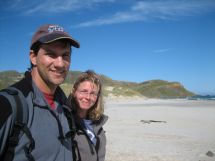
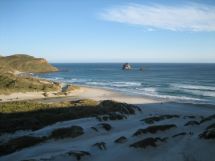
Phil Seddon and Ursula Ellenberg (pictured left) at Sandfly Bay (right) on the southern coast of the Otago Peninsula
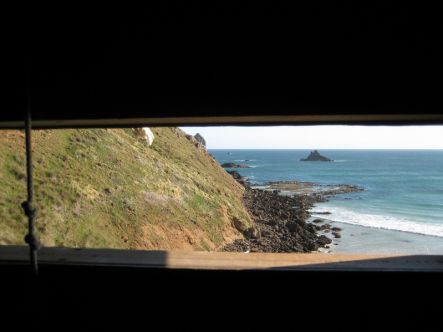
View from the hide of the steep hill the penguins climb to reach their nests.
Our Changing World's shark series:
Click here for our full Shark Feature page and photo gallery. Please note the Shark Feature page contains graphic images of dead sharks that could be upsetting to some people.
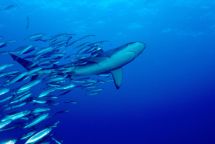
A recent rise in the popularity of shark fin soup is compounding concerns about the world's shark population.
The Ministry of Fisheries development of a draft National Plan of Action is part of a worldwide movement to improve the management of sharks.
NIWA's Malcolm Francis talks to Amelia Nurse about shark finning practices and other sustainability issues surrounding shark catches in New Zealand.
Photograph by Malcolm Francis.
A collaborative shark tagging programme between NIWA, the Department of Conservation and US scientists is generating some surprising findings.
Four great whites tagged in southern waters were monitored for nine months, after which their tags floated to the service and sent an email, via satellite, to the scientists. The email reports the temperature, depth and location of the shark for those nine months.
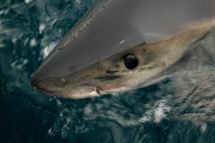
Amelia meets with Malcolm Francis and Michael Manning at a NIWA laboratory to talk about the findings and gets a first hand lesson in shark anatomy.
Photograph by Heather Fener